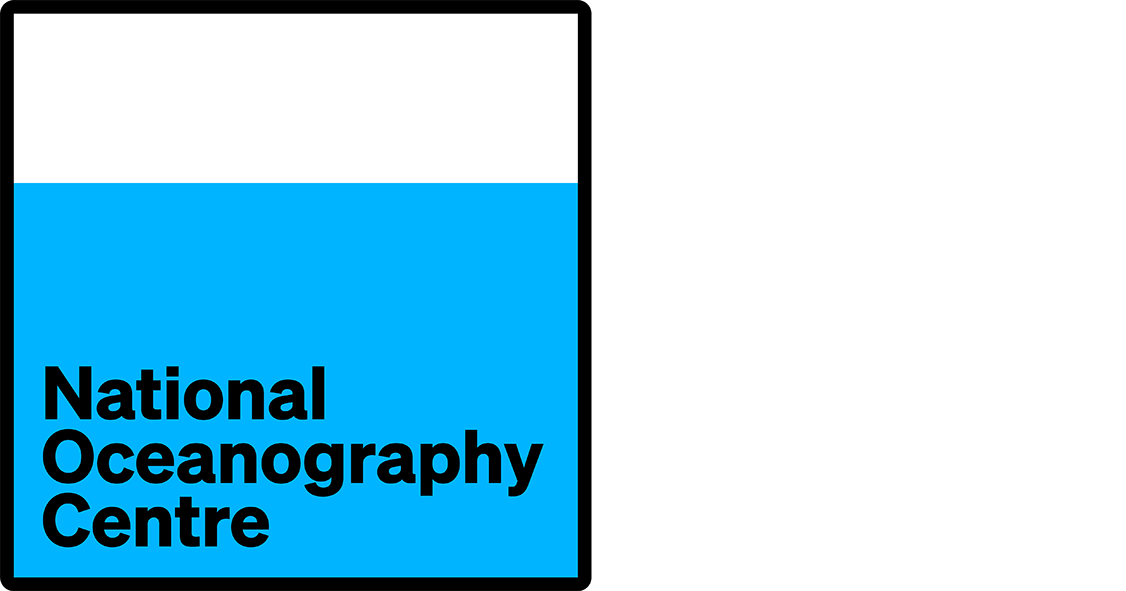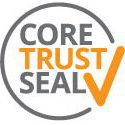- Resources
- Inventories
- Cruise inventory
- Report
- 6083
RRS Charles Darwin CD154
Cruise summary report
| Cruise Info. | |
| Ship name (ship code) | RRS Charles Darwin (74AB) |
| Cruise identifier | CD154 |
| Cruise period | 2003-12-13 — 2004-01-10 |
| Status | Completed |
| Port of departure | Durban, South Africa |
| Port of return | Cape Town, South Africa |
| Purpose | Research |
| Objectives | The primary aim of cruise CD154 was to collect a suite of sediment cores along the flow path of the Agulhas Current that would enable the history of the current during the last glacial period to the present to be reconstructed. Of particular interest are episodes of rapid climate change that punctuated glacial climes and are known to also exist during the current Holocene warm period.
The coring programme was supported by extensive site surveys mainly employing the ship's 3.5 kHz sediment echo profiler to identify coring sites with stratigraphic continuity, high sediment accumulation rates and strong contribution of marine sedimentation. Intense surveying was planned as the pattern of sediment accumulation within the immediate Agulhas Current pathway is known to be complex because of the frequent slumping and sliding of the sediment pack. Vigorous bottom currents associated with the mid-depth AAIW flow and, on occasion, the deep NADW flow also cause sediment accumulation to be low in places or even Tertiary sediments to outcrop at the seafloor due to complete erosion/non-deposition of Pleistocene sediments. A further complicating factor is the high speed of the surface current flow (up to 200 cm s**1) which makes coring operations within the immediate current path difficult as the stable positioning of the ship on site over several hours is not easily achieved or at all possible. The quality of the sediment cores retrieved and estimates of the stratigraphic range they covered was assessed onboard through the routine micropalaeontological inspection of core top and core catcher sediment samples. Sediment colour spectrophotometry and magnetic susceptibility logging of the cores provided additional control on the quality of material recovered. A water column hydrocast programme was to be carried out during the cruise to collect water samples that will enable the calibration of palaeoceanographic proxies to be measured in the sediment cores. These tracers today are closely linked with the advection history of water masses either through biological cycling and water mass 'ageing' or through the uptake and dispersion of the suspended sediment load along the flow path of individual water bodies. A more detailed description of some of the proxies to be employed is given in the initial results chapters below and a listing of the total range of proxies is provided in the hydrocast chapter. |
| Chief scientist | Ian R Hall (University College Cardiff Geology Department), Rainer Zahn (University of Barcelona Department of Stratigraphy, Palaeontology and Marine Geosciences) |
| Cruise report | |
| Ocean/sea areas | |
| General | South Atlantic Ocean |
| Track charts | |
| Measurements | |
| Physical oceanography | |
| Water bottle stations | Quantity: number of profiles = 5 Description: 24 bottle rosette CTD used which was also equipped with sensors for the measurements of oxygen, transmission, light scattering, up-welling and down-welling irradiance |
| CTD stations | Quantity: number of profiles = 5 Description: 24 bottle rosette CTD used which was also equipped with sensors for the measurements of oxygen, transmission, light scattering, up-welling and down-welling irradiance |
| Transparency (eg transmissometer) | Quantity: number of profiles = 5 Description: 24 bottle rosette CTD used which was also equipped with sensors for the measurements of oxygen, transmission, light scattering, up-welling and down-welling irradiance |
| Optics (eg underwater light levels) | Quantity: number of profiles = 5 Description: 24 bottle rosette CTD used which was also equipped with sensors for the measurements of oxygen, transmission, light scattering, up-welling and down-welling irradiance |
| Chemical oceanography | |
| Oxygen | Quantity: number of profiles = 5 Description: 24 bottle rosette CTD used which was also equipped with sensors for the measurements of oxygen, transmission, light scattering, up-welling and down-welling irradiance |
| Isotopes | Quantity: number of deployments = 5 Description: 5 deployments of stand alone pumps (SAPs) used for large volume seawater filtration in support of the radiogenic isotope work |
| Isotopes | Quantity: number of samples = 60 Description: A series of water samples were taken from the Niskin Rosette and the ship's non-toxic pump for shore based analyses of stable oxygen and carbon isotopes |
| Biology and fisheries | |
| Benthic bacteria/micro-organisms | Quantity: number of cores = 29 Description: Analysis of benthis foraminifera |
| Geology and geophysics | |
| Core - soft bottom | Quantity: number of cores = 54 Description: Kasten and piston cores taken |
| Single channel seismic reflection | Quantity: activity duration in days = 28 Description: Ship's 3.5 KHz profiler operated throughout cruise |
| Magnetic measurements | Quantity: number of cores = 5 Description: Sediment colour reflectance (spectrophotometer) and magnetic susceptibility analysed for sediment cores |
| Other geological/geophysical measurements | Quantity: number of cores = 5 Description: Sediment colour reflectance (spectrophotometer) and magnetic susceptibility analysed for sediment cores |


